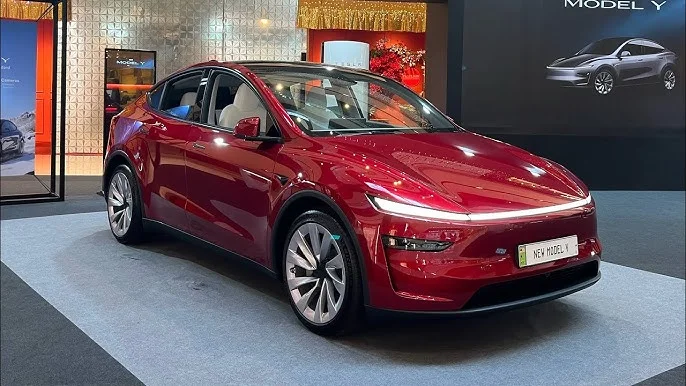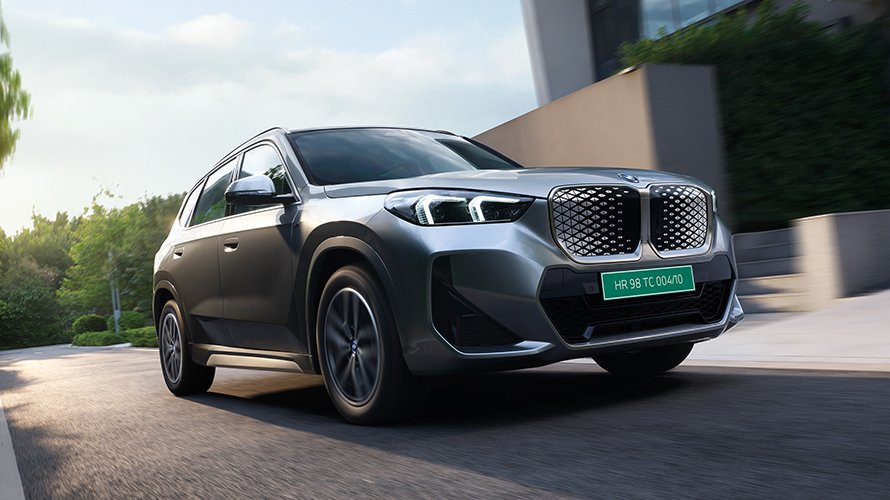In the ever-evolving landscape of electric mobility, Tesla has long been the trailblazer, turning skeptics into evangelists and forcing traditional automakers to rethink their strategies. Amidst growing competition from Chinese rivals like BYD and a noticeable softening of global EV demand—exacerbated by economic uncertainties and subsidy rollbacks—the American giant’s foray into India was long overdue. Finally, on July 15, 2025, Tesla made its official entry into the world’s third-largest auto market, but true to form, the approach was unconventional: no massive factory announcements, just a sleek import strategy kicking off with the Mode
Priced starting at Rs 59.89 lakh, the crossover SUV arrived via shipments from China, with initial deliveries slated for the third quarter. By September, Tesla India had already handed over more than 60 units, a modest but symbolic start in a market dominated by affordable two-wheelers and legacy players like Tata Motors.
Tesla isn’t just a car company; it’s a cultural phenomenon that redefined automotive innovation. Founded by Elon Musk in 2003, the brand popularized electric vehicles long before they became trendy, with the Roadster in 2008 proving that EVs could be fast, fun, and desirable. The Model S and Model 3 followed, shattering sales records and inflicting “Tesla envy” on giants like Ford and Volkswagen. Globally, Tesla’s success—over 1.8 million vehicles delivered in 2023 alone—has spurred a $1 trillion industry shift toward electrification. Yet, as EV adoption plateaus in mature markets due to high prices and charging infrastructure gaps, Tesla’s India gamble feels both risky and right-timed. The subcontinent, with its burgeoning middle class and government incentives like reduced import duties on EVs, represents untapped potential. However, Tesla’s decision to import rather than manufacture locally—bypassing the “Make in India” push—signals a cautious toe-dip, perhaps waiting for policy clarity before committing to a Gigafactory.
Now that the initial frenzy has subsided—fueled by Mumbai showroom selfies and social media buzz—it’s time to peel back the layers on the star of the show: the Model Y. We got our hands on an early Long Range Rear-Wheel Drive unit, recently updated to boast an impressive 661 km of claimed range, a bump from its debut specs that addresses one of India’s biggest pain points: long-distance travel on patchy highways.The red paint job, a signature Tesla hue, gleams under the sun, blending seamlessly with the car’s futuristic contours. At first glance, it’s unmistakably Tesla: aerodynamic lines, a glass-heavy cabin, and that iconic yoke steering wheel (optional in India for now). But dig deeper, and the Model Y reveals itself more as a crossover than a rugged SUV—think elevated hatchback with off-road pretensions, ideal for urban commutes rather than Himalayan trails.
Up front, the refreshed Model Y sports a flashier light bar that stretches across the nose like a digital smile, flanked by minimalist panels that scream “less is more.” The philosophy carries over to the rear, where clean surfaces dominate, interrupted only by the clever hidden tail-lamps. Here’s where Tesla’s design wizards shine: the taillights subtly project the iconic “T” logo onto the ground when unlocked, a whimsical touch that turns heads without ostentation. It’s these details that elevate the Y from appliance to art piece.
Step inside, and the build quality hits you like a smooth torque surge—impeccable, with vegan leather seats that hug without creasing and a dashboard that’s essentially a 15-inch touchscreen oracle. Materials feel premium, on par with luxury Europeans, though the hard plastics in lower reaches remind you this is a volume EV, not a bespoke Bentley. Ride over pothole-riddled Mumbai streets? Surprisingly compliant, thanks to the adaptive air suspension on higher trims. Acceleration is neck-snapping—0-100 km/h in under 5 seconds for the Long Range—making highway merges a joy, while regenerative braking eases city stop-go into meditative efficiency.
Of course, it’s not all utopian. At Rs 59.89 lakh for the base and up to Rs 70,000 for top specs, the Model Y undercuts few rivals in value but crushes them in tech: over-the-air updates, Autopilot semi-autonomy, and a ecosystem that integrates with your phone like a sixth sense.
Charging remains the Achilles’ heel—India’s network is growing, but Tesla’s Superchargers are limited to metro hubs for now. Range anxiety? The updated model’s 661 km helps, but real-world figures hover around 500 km with AC blasting in 35°C heat.
In a market where EVs hold just 2% share but are projected to hit 30% by 2030, Tesla’s Model Y isn’t just a vehicle; it’s a statement. It challenges Indian buyers to aspire beyond the mundane, proving that green mobility can be exhilarating. Legacy brands, take note: the sleepless nights are just beginning. As competition heats up—with Mahindra’s electric SUVs and Hyundai’s Ioniq 5 lurking—Tesla’s imported vanguard could pave the way for bolder bets. For now, the Model Y isn’t revolutionizing India overnight, but it’s sparking the conversations that will. Buckle up; the charge is on.



